Summary
This summary is based on information gathered from multiple independent sources to ensure accuracy.
Nestled within the Monongahela National Forest, the Wilderness Cranberry area is renowned for its stunning natural beauty and rich biodiversity. Here are several compelling reasons to visit:
1. Scenic Beauty: The region is characterized by its lush forests, picturesque landscapes, and abundant wildlife. Visitors can immerse themselves in the beauty of the Appalachian Mountains, pristine rivers, and rolling hills.
2. Hiking and Outdoor Activities: The area offers numerous trails for hiking, backpacking, and biking. The Cranberry Wilderness, a designated wilderness area within the Monongahela National Forest, features more than 47,000 acres of unspoiled nature and over 60 miles of trails, providing ample opportunities for outdoor exploration and adventure.
3. Cranberry Glades Botanical Area: One of the main attractions is the Cranberry Glades, an ecological jewel and a National Natural Landmark. This unique area consists of five separate bogs and is home to a remarkable array of rare plants, including the carnivorous sundew and the native cranberry.
4. Fishing: Wilderness Cranberry is an angler's paradise, with its rivers and streams offering excellent trout fishing opportunities. The Cranberry River, in particular, is highly regarded for its trout population, making it a favorite destination for fishing enthusiasts.
5. Wildlife Viewing: The region teems with diverse wildlife, making it an ideal destination for nature enthusiasts. Visitors may encounter animals such as black bears, white-tailed deer, wild turkeys, and a variety of bird species. The area's biodiversity is a testament to its pristine and protected environment.
Interesting Facts:
- The Cranberry Wilderness is the largest wilderness area in the eastern United States.
- The Cranberry Glades Botanical Area is often referred to as the "Cranberry Glades of West Virginia" due to its resemblance to the cranberry bogs found in northeastern states.
- The area provides important habitat for the endangered Cheat Mountain salamander and other rare species.
Best Time to Visit:
The best time to visit Wilderness Cranberry depends on personal preferences and desired activities. Spring and summer offer pleasant weather for hiking, wildlife observation, and fishing. Fall is particularly beautiful, with vibrant foliage painting the landscape. Winter brings opportunities for cross-country skiing, snowshoeing, and solitude in the serene snowy forests. It is advisable to check weather and road conditions before planning a visit.
Sources:
- USDA Forest Service: Monongahela National Forest
- West Virginia Division of Natural Resources
- West Virginia Explorer
- National Park Service
Weather Forecast
Park & Land Designation Reference
Large protected natural areas managed by the federal government to preserve significant landscapes, ecosystems, and cultural resources; recreation is allowed but conservation is the priority.
State Park
Public natural or recreational areas managed by a state government, typically smaller than national parks and focused on regional natural features, recreation, and education.
Local Park
Community-level parks managed by cities or counties, emphasizing recreation, playgrounds, sports, and green space close to populated areas.
Wilderness Area
The highest level of land protection in the U.S.; designated areas where nature is left essentially untouched, with no roads, structures, or motorized access permitted.
National Recreation Area
Areas set aside primarily for outdoor recreation (boating, hiking, fishing), often around reservoirs, rivers, or scenic landscapes; may allow more development.
National Conservation Area (BLM)
BLM-managed areas with special ecological, cultural, or scientific value; more protection than typical BLM land but less strict than Wilderness Areas.
State Forest
State-managed forests focused on habitat, watershed, recreation, and sustainable timber harvest.
National Forest
Federally managed lands focused on multiple use—recreation, wildlife habitat, watershed protection, and resource extraction (like timber)—unlike the stricter protections of national parks.
Wilderness
A protected area set aside to conserve specific resources—such as wildlife, habitats, or scientific features—with regulations varying widely depending on the managing agency and purpose.
Bureau of Land Management (BLM) Land
Vast federal lands managed for mixed use—recreation, grazing, mining, conservation—with fewer restrictions than national parks or forests.
Related References
Area Campgrounds
| Location | Reservations | Toilets |
|---|---|---|
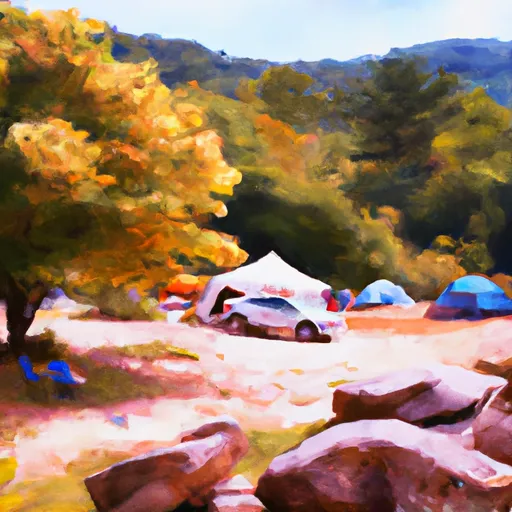 Day Run
Day Run
|
||
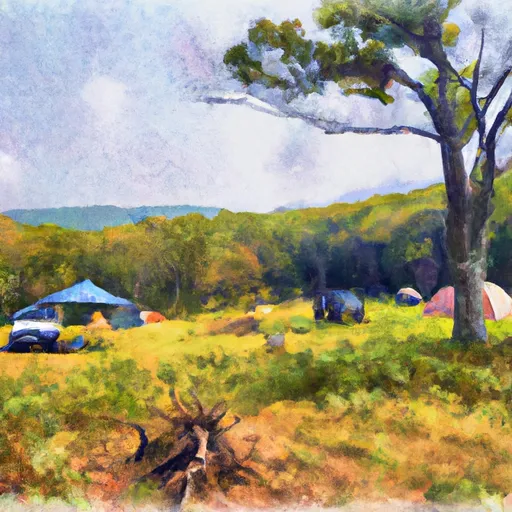 Handley WMA
Handley WMA
|
||
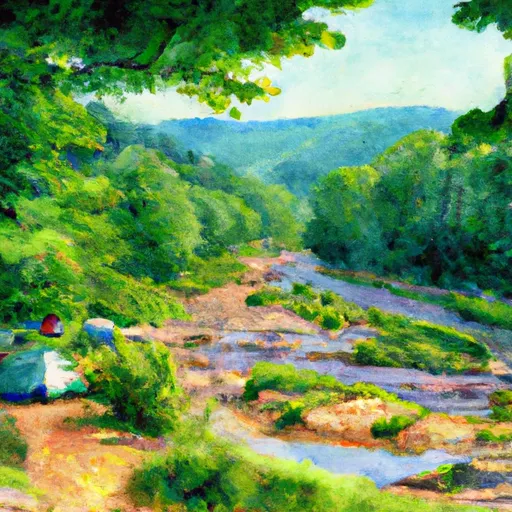 Williams River
Williams River
|
||
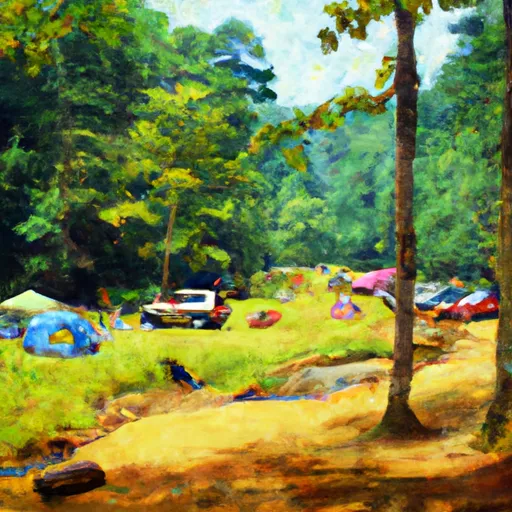 Tea Creek Campground
Tea Creek Campground
|
||
 Tea Creek
Tea Creek
|
||
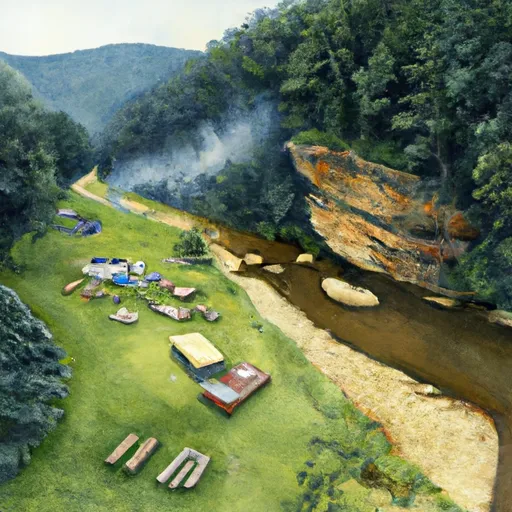 Williams River Sites
Williams River Sites
|
